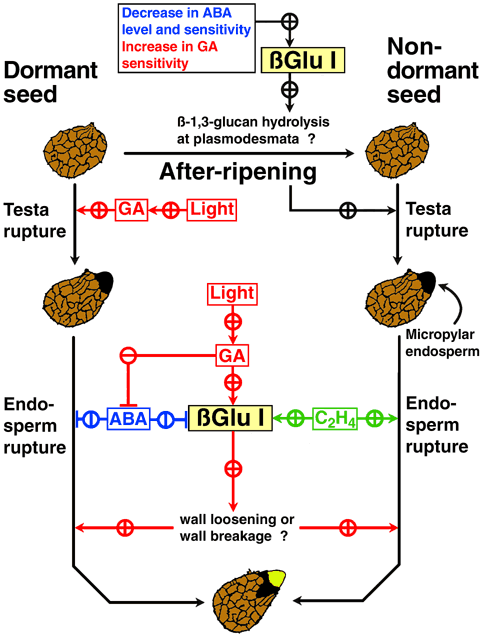Figure 1. A speculative model integrating tobacco class
I ß-1,3-glucanase (ßGlu I), seed dormancy, after-ripening and
germination. According to the model, ßGlu I expression is transcriptionally
down-regulated by abscisic acid (ABA) in dormant seeds. Expression of ßGlu
I contributes to the release of coat-imposed dormancy and the promotion
of germination by acting at two sites. First, decrease in ABA level and
sensitivity during after-ripening eventually permit ßGlu I expression
in seeds. Upon sufficient moisture increase ßGlu I action contributes
to the release of coat-imposed dormancy and promotes testa rupture in the
light. Second, ßGlu I is induced by the light/gibberellin (GA) pathway
in the micropylar endosperm and facilitates endosperm rupture. Endosperm-specific
ßGlu I expression and endosperm rupture are inhibited by ABA and promoted
by light, GA and ethylene (C2H4). The light/GA pathway also promotes ABA
degradation. In addition, photodormancy is manifested as a block prior to
testa rupture during dark-imbibition. It can either be released during after-ripening
or by the light/GA pathway early during imbibition. ßGlu I is one
of several key factors that regulate dormancy and germination in response
to environmental and hormonal conditions. A 'plus' sign designates promotion
and a 'minus' sign inhibition of a process.
© Gerhard Leubner-Metzger, Seed
Science Research 13: 17-34 (2003)
|
